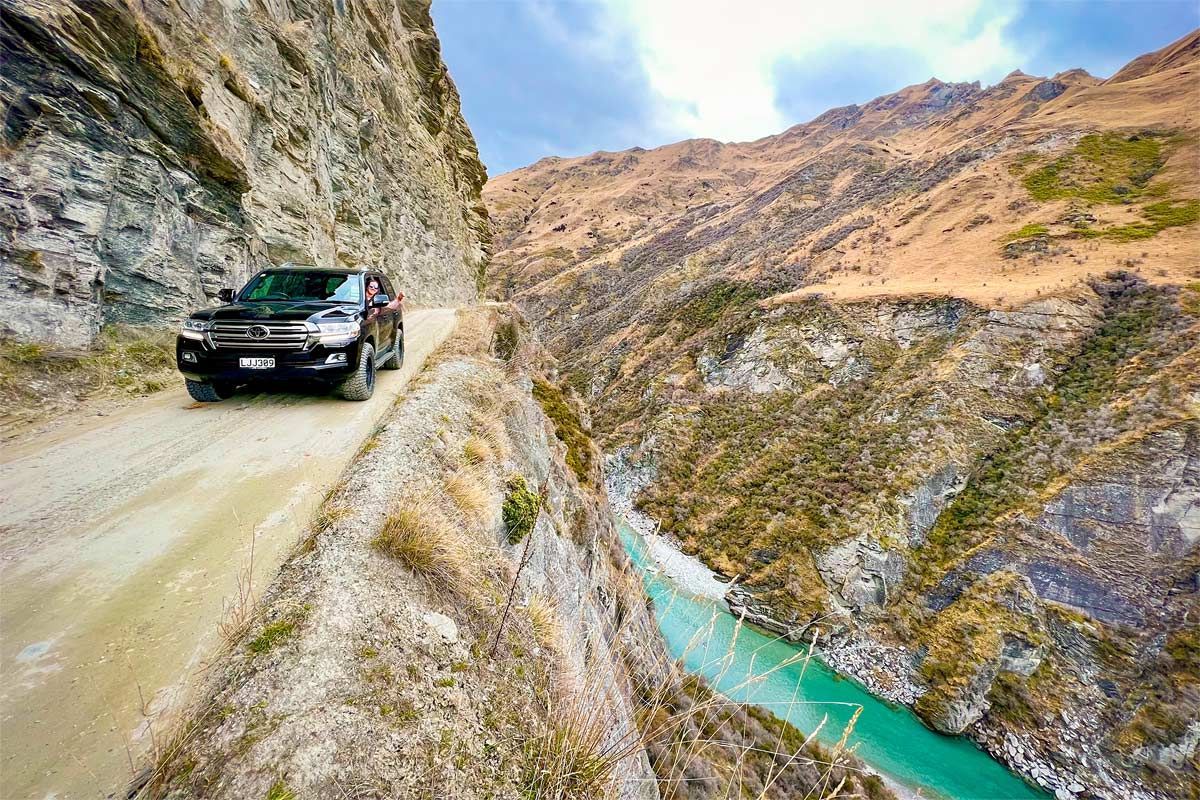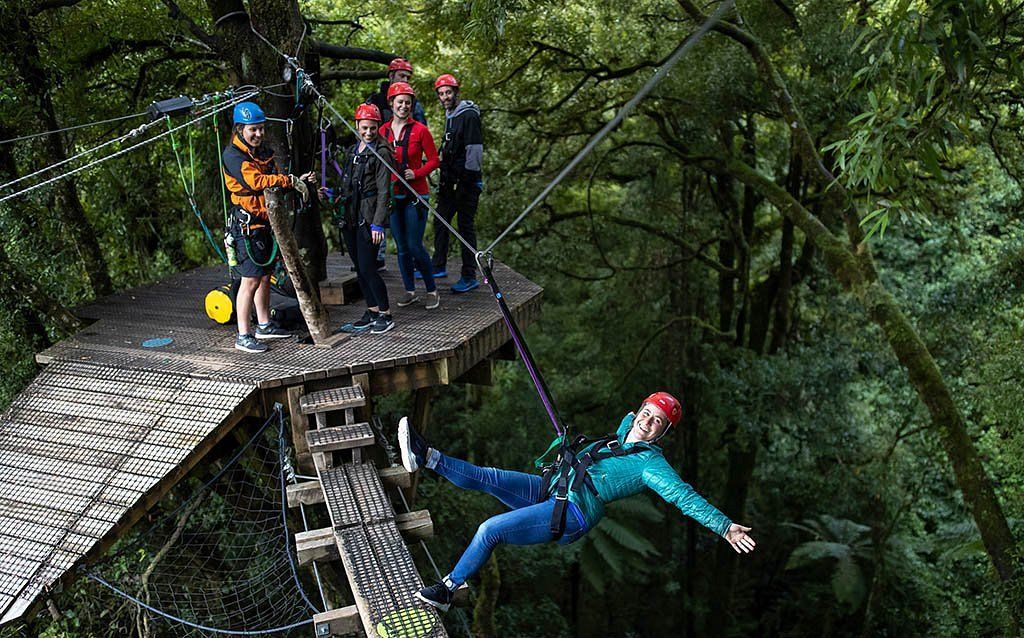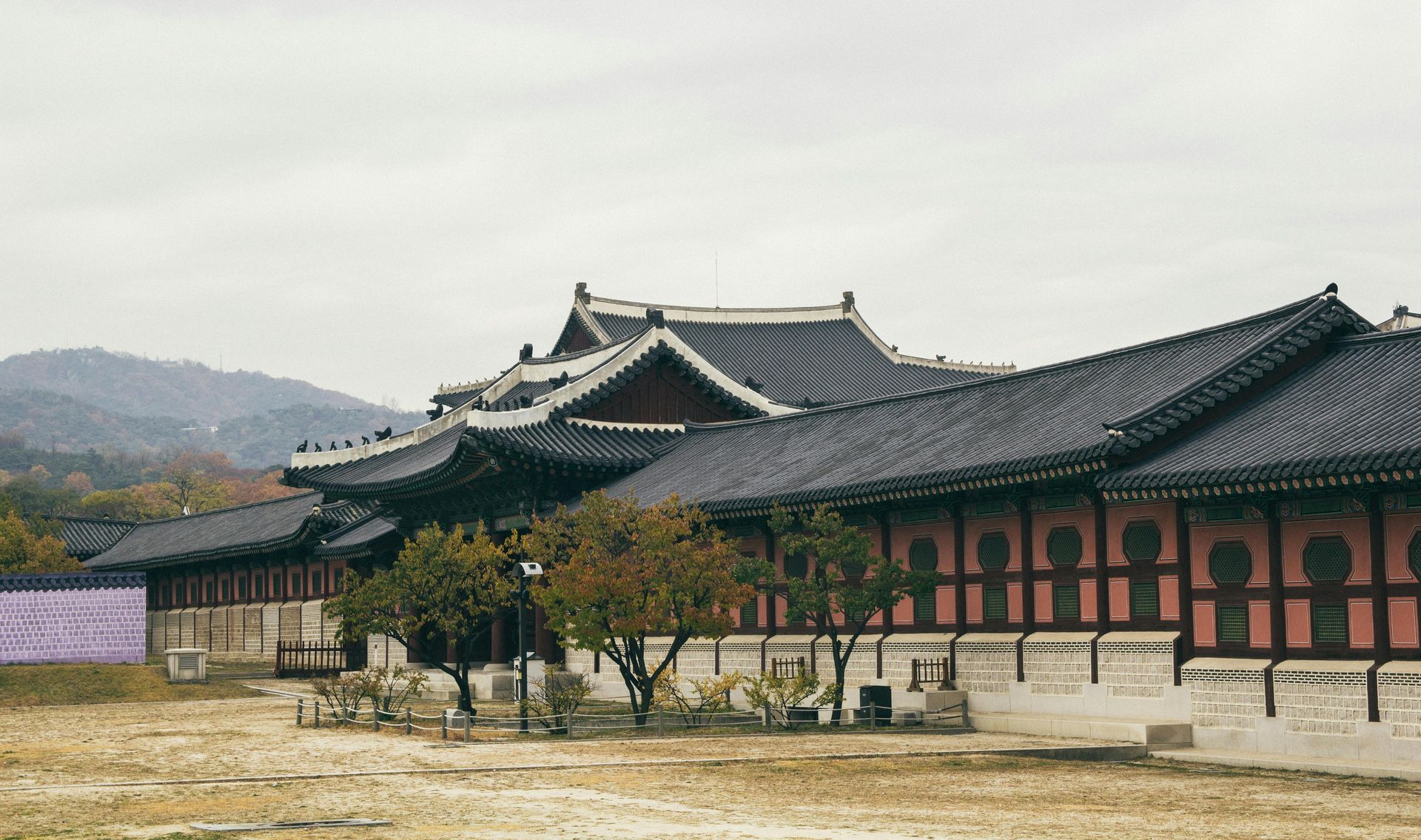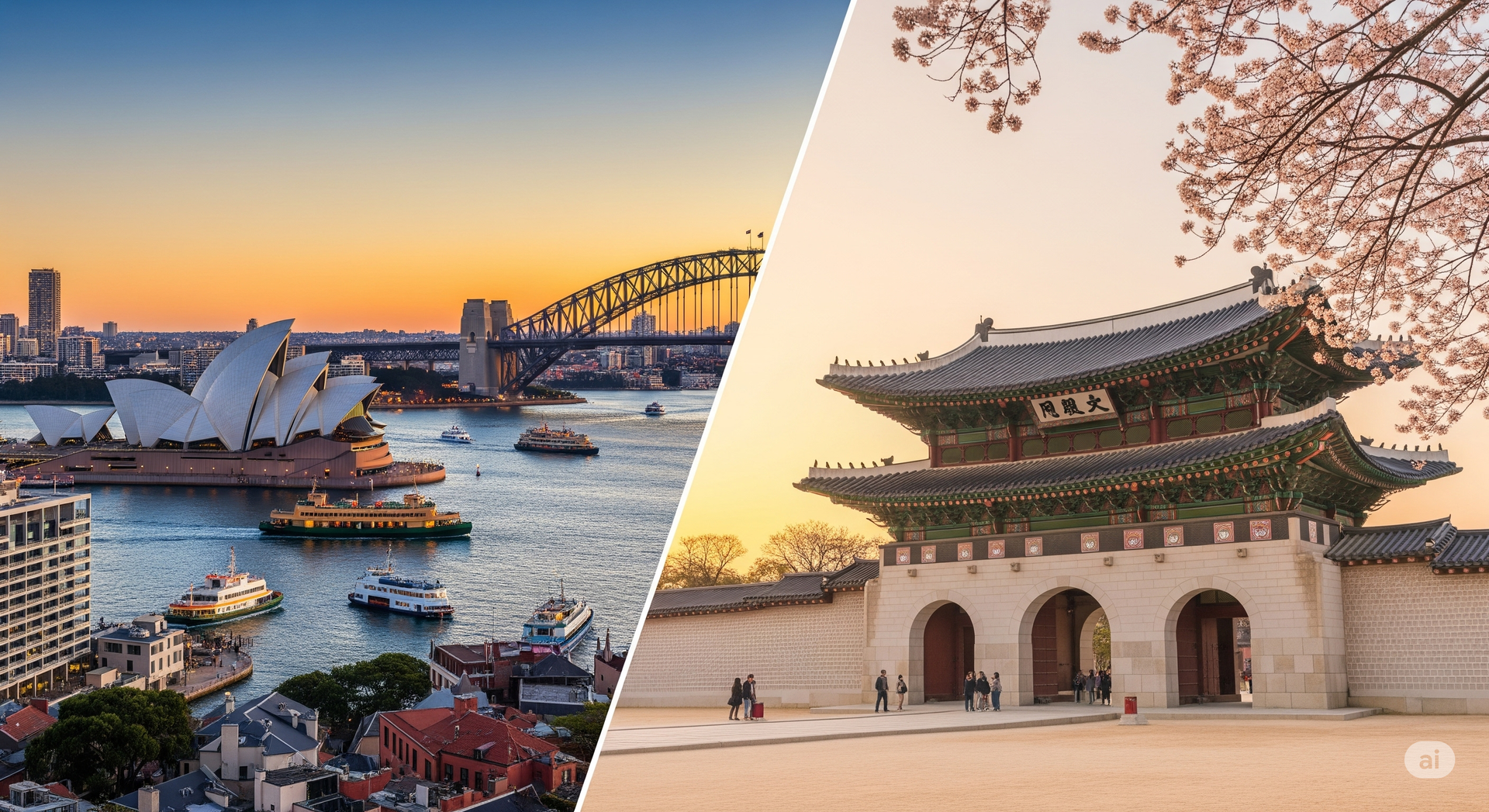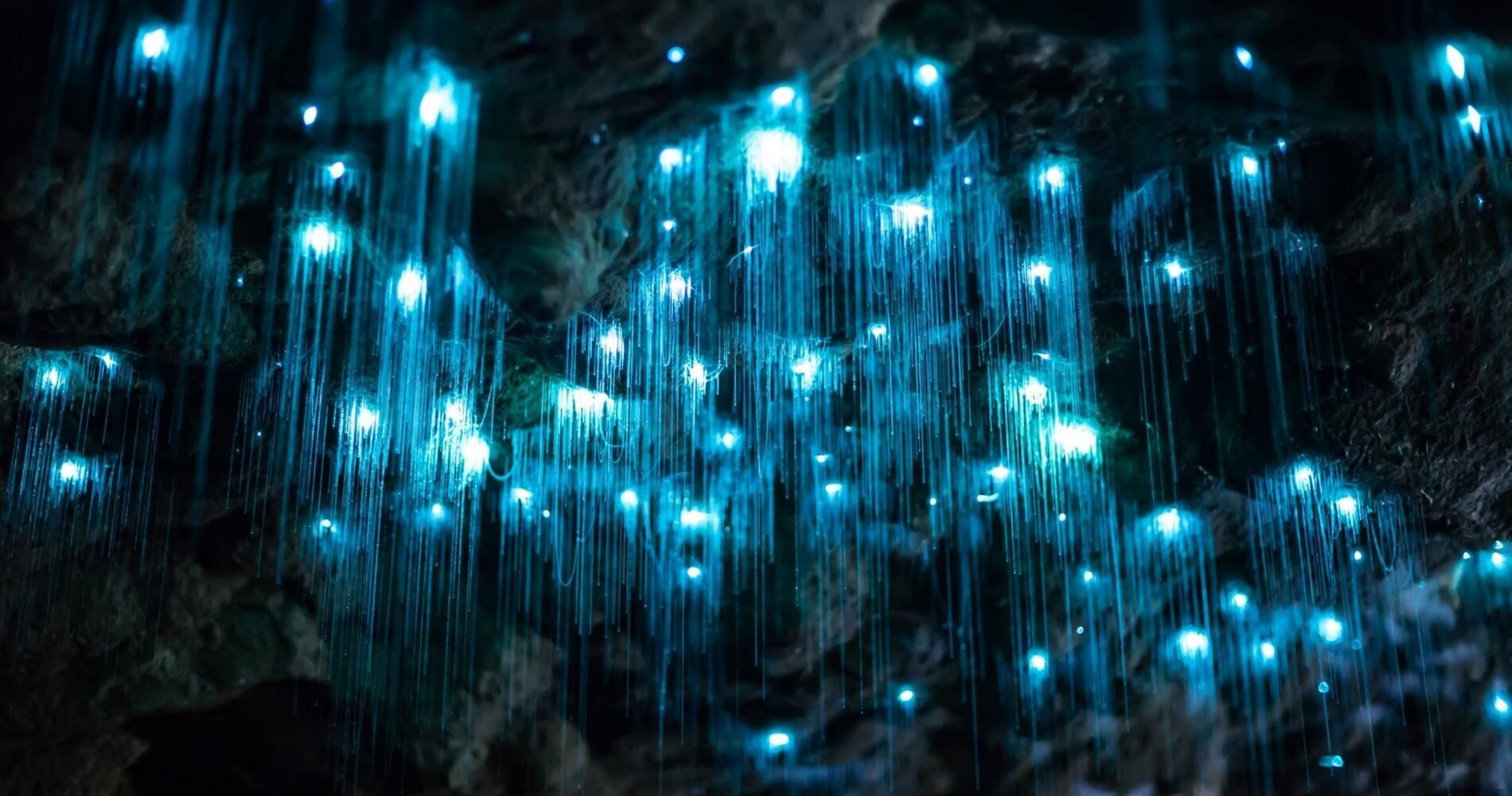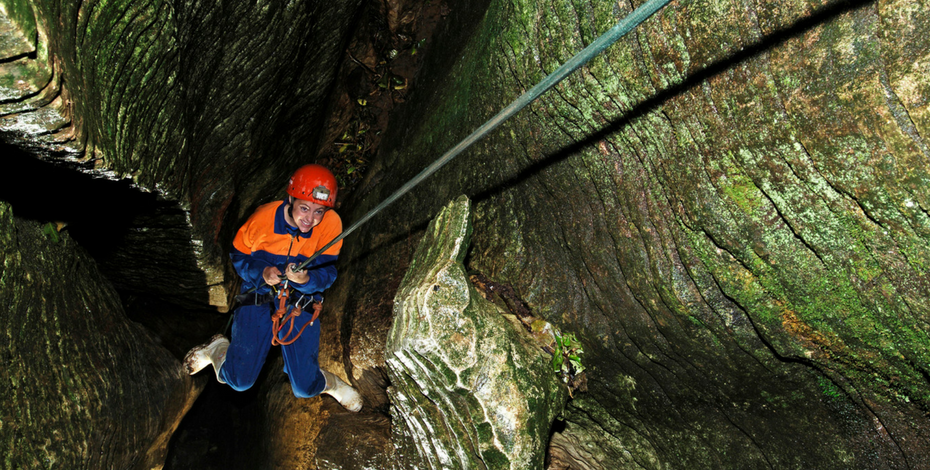New Zealand National Park Entrance Fees: What You Need to Know
New Zealand National Park Entrance Fees:
What You Need to Know
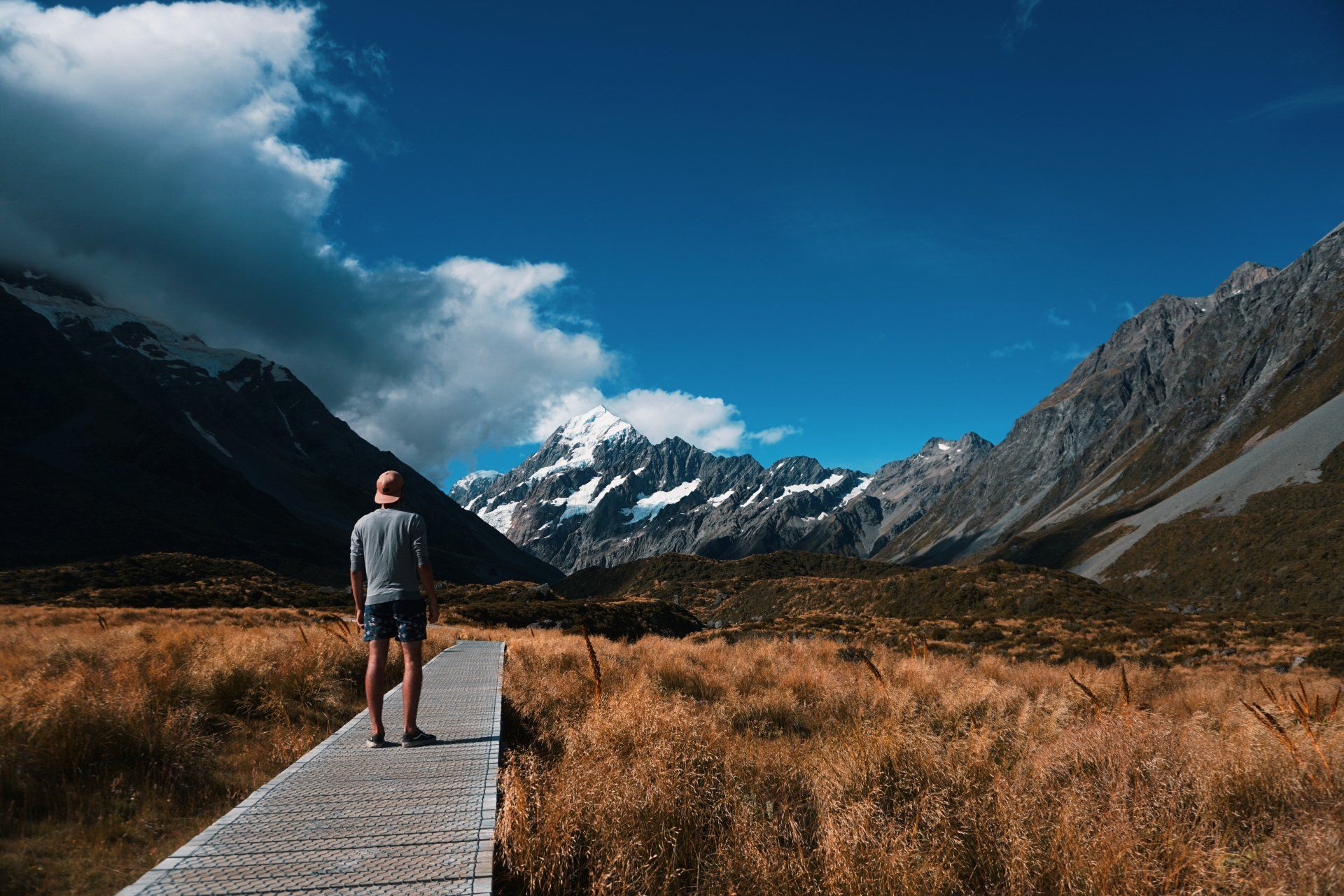
New Zealand is renowned for its breathtaking natural beauty, much of which is preserved within its stunning national parks. From the dramatic peaks of Fiordland to the geothermal wonders of Tongariro, these parks offer unparalleled opportunities for exploration and connection with nature. To ensure the ongoing preservation and maintenance of these precious areas, the Department of Conservation (DOC) periodically reviews and updates its fee structures.
Recently, there have been some adjustments to the national park entrance fees, and it's essential for both local and international visitors to be aware of these changes to plan their adventures accordingly.
Why the Change?
The DOC operates on a model that balances public access with the significant costs of conservation, infrastructure maintenance (like tracks, huts, and visitor centers), and staff resources. These fee adjustments are generally implemented to:
- Fund Conservation Efforts: Directly contribute to projects protecting native species and restoring ecosystems.
- Maintain Infrastructure: Ensure trails are safe, huts are well-maintained, and facilities are up to standard for visitors.
- Manage Visitor Impact: Help manage the increasing number of visitors, minimizing their environmental footprint.
- Align with International Standards: Bring New Zealand's park fees more in line with similar protected areas globally.
Key Changes to National Park Entrance Fees
While specific fees can vary by park and activity, here's a general overview of the types of changes you might encounter:
1. Increased Fees for Popular Great Walks & Huts
New Zealand's "Great Walks" are multi-day tramping (hiking) experiences that are incredibly popular. You can expect to see increased charges for booking huts and campsites along these iconic trails. These fees often differentiate between New Zealand residents and international visitors, with higher rates for the latter. This helps subsidize costs for local access while ensuring international tourism contributes significantly to conservation.
For example, a night in a hut on the Milford Track or Routeburn Track might see a moderate increase, especially during peak season.
2. Introduction of Day Visitor Passes (in some areas)
Some highly trafficked areas within national parks might introduce or increase fees for day visitors, particularly for access to specific attractions or facilities. This is less common for general park entry and more likely for areas requiring significant maintenance or visitor management, such as certain scenic viewpoints or short walks with high infrastructure costs.
3. Changes to Backcountry Hut Passes
For those who venture off the Great Walks into the wider backcountry, the standard Backcountry Hut Passes (or individual hut tickets) may also see a modest increase. These passes are an excellent value for frequent users, and the adjustments aim to cover the ongoing costs of maintaining a vast network of remote huts.
4. No Universal "National Park Entrance Fee"
It's important to clarify that New Zealand generally does not have a universal entrance fee just to drive into a national park, unlike many parks in other countries. Fees are typically associated with:
- Overnight stays in DOC huts or campsites.
- Booking a Great Walk.
- Specific guided activities or concessions operating within the park.
- Sometimes, vehicle access fees for particular roads (less common).
Therefore, many visitors can still enjoy day walks and explore vast areas of national parks without paying a direct "entrance fee," provided they are not using paid facilities.
How to Stay Updated and Plan Your Trip
- Check the DOC Website: The official Department of Conservation website (www.doc.govt.nz) is your most reliable source for the latest information on fees, bookings, and park alerts. Always check the specific park or track page you plan to visit.
- Book in Advance: Especially for Great Walks and popular huts during peak season (November to April), booking months in advance is crucial, not just for availability but also to confirm current pricing.
- Consider a DOC Annual Pass: If you plan multiple overnight stays in huts outside the Great Walks, an annual Backcountry Hut Pass can offer significant savings.
- Budget Accordingly: Factor in potential hut/campsite fees, transport, and any guided tour costs when planning your overall travel budget.
Conclusion
New Zealand's national parks are a treasure, offering unparalleled experiences. The adjustments to entrance and facility fees are a necessary measure to ensure these pristine environments are protected and accessible for generations to come. By staying informed and planning ahead, you can continue to enjoy the magic of Aotearoa's natural wonders responsibly.






